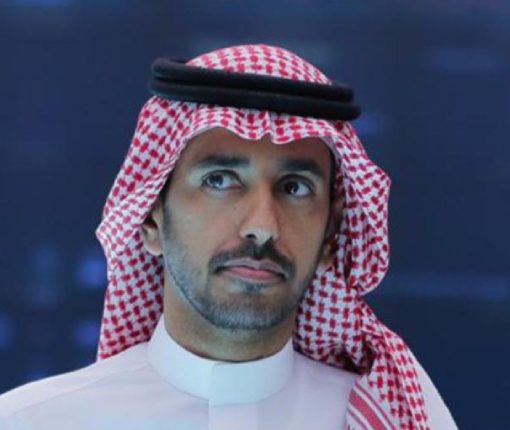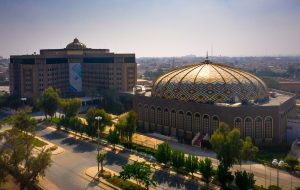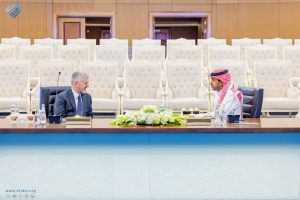Dr. Mansour Al-Shammari
Secretary-General of the Global Center for Combating Extremist Ideology – Etidal
• Criminal acts committed by conventional offenders—such as theft, assault, or even murder—are often confused with those committed by terrorists, despite the latter encompassing far more dangerous dimensions. While both may involve similar criminal behaviors, terrorism rises to a radical level that defies any comparison with ordinary crimes. This distinction lies in a simple truth: the conventional criminal acts based on personal motives, without linking them to any broader mission or ideological project. The terrorist, however, commits the same acts under the guise of a distorted ideological or religious narrative that grants an illusion of legitimacy, making them far more dangerous.
• In the eyes of a terrorist, crime is not committed for its own sake nor merely as an individual act—it becomes a special mission, one tied to a collective narrative shared with an imagined enemy, and the violence acquires a symbolic and almost sacred quality. The emotions associated with such acts are viewed in extremist doctrine as moral superiority or virtuous pride. Legal punishment, for them, is merely a test of their commitment. This closed mindset completely denies the criminality of their actions, disconnecting them from society and reality through the ideology that isolates them from the world around them.
• What does all this mean? It means the threat of terrorist crime surpasses material and moral dimensions to reach the symbolic level, where violence becomes a ritual of belief that offers salvation—for themselves and others—within a constant ideological battle. In this symbolic system, all actions are turned into artificial signs that obscure real facts. The victim is no longer seen as a victim. The perpetrator is no longer seen as a criminal. Theft is not perceived as robbery. Bloodshed in terrorist acts is stripped of its humanity. Extremist rhetoric renders reality invisible, legitimizing terrorism as logical, acceptable, and justified to those trapped in its ideology. This is the true danger: not only the resemblance to organized crime, but the threat to the symbolic order of society, leading to the erosion of values and the redefinition of social concepts according to extremist logic.
• So, how do we measure the gravity of this threat? We must recognize the centrality of “symbolic signs” in human life. What distinguishes humanity is the ability to transcend the natural order toward a meaning-based, cultural existence. Human life is saturated with symbolism—even in basic acts like eating, marriage, or forming a family—which gain meaning through their cultural framing. This symbolic character extends to political legitimacy, which is not based solely on physical power, but on the acceptance of a legitimate authority by the people, reflected through institutional systems governed by shared symbolic values. These institutions manage public life beyond personal whims, and the symbolic harmony between state authority and citizenship rights forms the foundation of social stability and coexistence.
• In this sense, the conventional criminal violates specific symbolic signs related to private property, safety, or legal discipline. But this ends with their sentence and offers the chance for reintegration. In contrast, extremists aim to destroy the symbolic system itself. They grant themselves the authority to redefine values, meanings, and legitimacy. Thus, they exist entirely outside of lawful frameworks—not merely as lawbreakers, but as existential threats to the legitimacy and symbolic fabric of society.
• When we emphasize the dangers of extremism—even before it escalates into terrorism—we are warning of a deeper threat: the destabilization of symbolic meanings that shape social life. This can spiral into semantic chaos, making it difficult to distinguish between true and false meanings of essential societal terms. In such confusion, language loses its function as a tool of human communication between individuals and institutions. Words become hollow, vague sounds—closer to noise than meaning. This explains the extremist obsession with loud, dramatic rhetoric, compensating for the hollowness of their language and using wordplay to disguise their agendas behind empty, misleading terms.
• Words can only carry true meaning through institutions that regulate their significance, distinguishing between legitimacy and falsehood, between the authentic and the counterfeit. When society loses this regulatory power, extremists achieve their goal: destroying communicative bonds between citizens and institutions. Once their destructive project is complete, law and legitimacy lose the ability to resolve disputes, leaving violence as the only remaining path. This is what drives some societies into civil war, where symbolic signs collapse entirely and people revert to a “state of nature,” interacting based solely on raw, physical references. In this state, distinguishing between justified violence and personal aggression becomes impossible. Such societies lose the rule of law, with every person becoming their own judge, and every faction a center of power—leading to total social collapse and ungovernable chaos.
• Therefore, combating extremism must begin with constant vigilance toward anything that threatens the stability of the symbolic system, including attempts to manipulate or reinterpret these markers for ideological gain. The final word in this realm belongs to the institutions that hold legitimate authority to define and protect these meanings—especially those related to spiritual, political, and social life. All parallel or subsequent discourse must revolve around these firm institutional constants. History has shown, time and again, that strong states jealously guard these symbols because they form the backbone upon which all other sectors depend.
• Civil life cannot flourish amid linguistic chaos or in the absence of a final arbiter of meaning. Such chaos provides the ideal environment for extremism in all its forms. Hence, it is vital to confront it continuously—through responsible, principled action that clearly distinguishes between communicative dialogue, which respects the symbolic system, and combative or deceptive rhetoric aimed at poisoning civil life by promoting terminological and conceptual anarchy. Such anarchy often serves as a gateway to wider social and political chaos.
*Published in “Asharq Al-Awsat”, Friday, April 11, 2025





